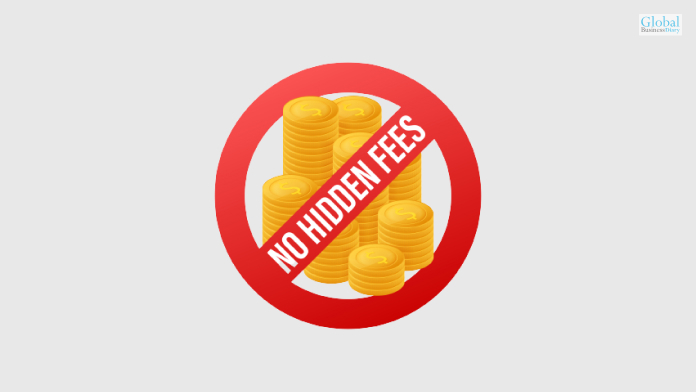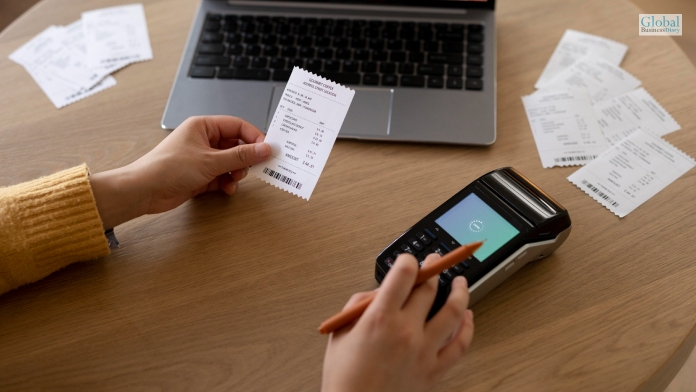LoanTap: Information, Eligibility Criteria, Interest Rates, Review & More

Why does anything have to wait? Especially when you need personal emergency loans for medical urgency; or to meet your business or lifestyle goals. LoanTap is the perfect assistant that gets your loan application approved within 30 minutes, and you get the fund within 6 hours.
Sounds interesting?
Well, it is. I know it is urgent, but you cannot just take a loan from an outright stranger for a loan provider. Yes, we have our trust issues. But that is what we call being careful and vigilant. So, here is all the info you need to know on LoanTap.
What Is LoanTap?

LoanTap is a personal loan company that offers instantaneous loans to loan seekers within 24 hours of their application. The process is simple. First, you have to download their application on your device. Then, upload all the documents they require to approve your loan, and the money gets transferred to your account. Does that sound complex? No?
They offer customized options for different amounts of loans. And the higher amount and the tenure of the loans actually benefit the applicants in so many ways. Applicants also have the benefit of flexible repayment.
You can apply for personal loans, holiday loans, EMI-free loans, house owner loans, rental deposit loans, wedding loans, credit card takeover loans, two-wheeler loans, premium bike loans, electric two-wheeler loans, MSME loans, and more.
The process is quick and only a few clicks away. Here, go through the features of LoanTap to understand more about what they have in store for you.
Read More: mPokket: Information, Eligibility Criteria, Interest Rates, Review & More
LoanTap Features
LoanTap is great for instant loans. You will have different advantages for your personal loans applied on the platform
User-Friendly Services

There is no need to worry if you have zero prior experience of getting a loan. The platform is super easy to use, and you can easily apply for a loan there. People with lower levels of experience and knowledge about borrowing money should have no problem using the platform.
No Hidden Charges Associated

The whole process of borrowing money from LoanTap is easy and transparent. Borrowers do not have to pay any hidden charges. Once your application is approved, you will not have to go through any additional fees than what is already mentioned.
Minimum Documents Required

When applying for a loan at LoanTap, you do not have to provide them with lots of your personal documents. They only collect some minimum document requirements for processing your loans. Also, the interest rate for different loans on LoanTap range between 15% p.a. to 24% p.a. However, it also depends upon the applicant’s eligibility.
Long Tenure

The best part of LoanTap loans is that they offer their borrowers the chance to repay within a long tenure. This flexibility provides the users with long tenures and smaller amounts in payable EMI for the loans. Yes, you will get your loan disbursed within 24 to 36 hours of application.
High Loan Amount

The disbursement range for the loans you apply for is high. You can apply for different amounts based on your requirements. There are also different types of loans you can apply for. However, the loan amount you can apply for depends upon your income, age, credit score, occupation, employer, work experience,
Quick Loan Approval & Disbursement

The process for application, approval, and loan disbursement is effortless. You can get your loan transferred with only a few simple clicks. You have to download the LoanTap app and then fill out the information required and wait for your application to be approved.
Flexible Repayment

When Flexible repayment options are there, you can repay your loan of outstanding amounts after a few months of the amount’s disbursal. You can repay your loan within 6 to 60 months of getting your loan.
Eligibility For Loans On Loantap Credit Products Private Limited

If you want to avail a loan from LoanTap, you need to fulfill several eligibility criteria. Here are those criteria –
- The borrower must be 23 years old or older.
- The maximum age of the borrower is 58 years.
- The borrower must be a citizen of India.
- The borrower needs to be a salaried worker at a reputable organization.
- The borrower should also have a minimum of Rs. 30000 per month.
- The borrower should also have a minimum of 2 years of experience.
Benefits of LoanTap Personal Loans

There are many benefits to getting a loan from Loantap funding. Here are some that you might want to know –
- Loantap pays a high amount in loans. If you fulfill the eligibility criteria, they will disburse the amount you have applied for. Also, you will be able to repay the loan within flexible tenure.
- Online loan eligibility on the LoanTap platform will let you check whether you are eligible for the loan or not. The process is simple and only takes you a few minutes. You can use the loan calculator and check the interest rate, processing fees, and all the necessary information about the loan you want.
- There are many repayment options for you to choose from. There are switch, accelerated, and enhancement options for loan repayment.
- The loan processing time is very instantaneous, meaning you will get your application reviewed, and approved and the loan transferred within a short period of time.
- The loan application process is basic. The platform’s user-friendly interface makes it even easier. The process starts with the borrower downloading and using the LoanTap app on their phones.
- These are unsecured loans. As a result, they don’t require you to provide any third-party guarantee. But the company might ask the borrower for third-party collateral under specific circumstances.
Read More: Dhani Loans & Services Limited – Background And Services
Bottom Line
Yes, there are other personal loan providers you can opt for. But LoanTap is among the best when it comes to high-amount loan disbursal under short notice. The quick and simple loan payment process makes it easy for borrowers to get money instantly. However, many borrowers might feel otherwise about the interest rates. But the long tenure and flexible repayment almost makeup for the high-interest rates.
If you are thinking of getting a personal loan, you can definitely think of LoanTap. However, you can also call LoanTap for more information through the Loantap customer care number (+91 788 804 0000).
Read Also:













